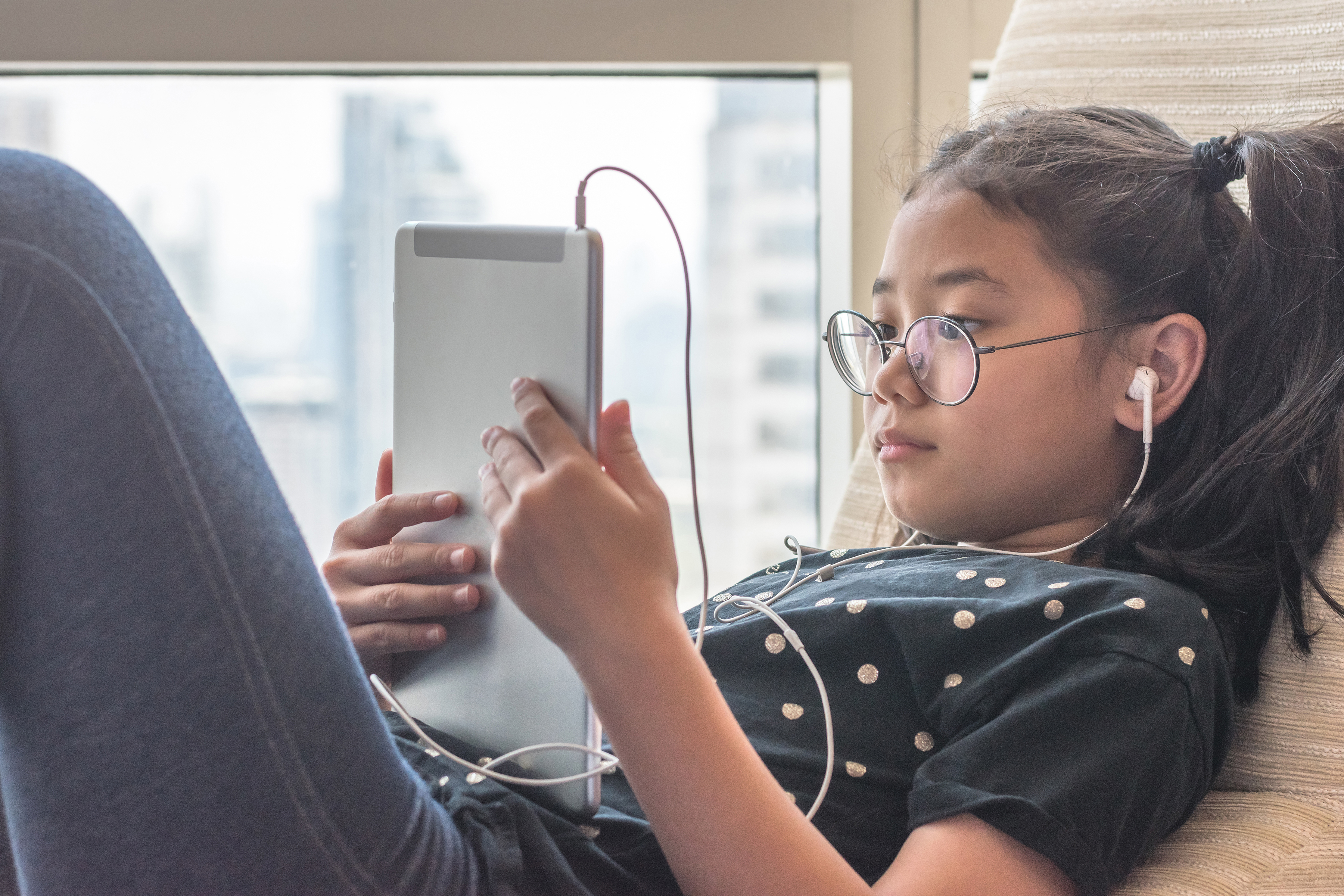Advice secondary menu
Sharing your child’s information
What you need to know
Images with children in school uniform, their name or indicators of their location in the background can be used by offenders to build a profile and groom parents and children.
Without strong privacy settings, images shared online of their child's first day at school or other everyday images may end up being seen by unintended audiences. Police are continuing to see instances of everyday images of children in the collections of online child sex offenders.
Police are also seeing cases of online grooming starting through what you as a parent, carer or family members have posted online, including instances of offenders targeting them on social media for access to their children. Offenders offering free products for your child to model clothing, is just one example of how this can occur.
There are simple steps you can take to have more control over who can access content of your child and minimise the chance of inappropriate contact.
Strong privacy settings can limit who can access the content on your social media accounts and personal information.
Some platforms allow you to undertake a privacy check-up to make sure you are only sharing this information with people who you would want to see it, for example, ‘friends only’.
Community or school social media pages featuring children should also consider the types of images being shared and who can view them. Settings such as ‘private’ groups or ‘invite only’ with approved followers can help to manage who has access to the page.
Advice for parents and carers
What can I do?
- It’s strongly recommended that you only share images of your children with people you know and trust
- Use strong privacy settings on all social media accounts
- Review you ‘friends’ or ‘followers’ on all social media accounts and remove anyone you don’t know
- If another person is taking photos of your child, consider having a discussion around how the photos will be used and how they will be shared



